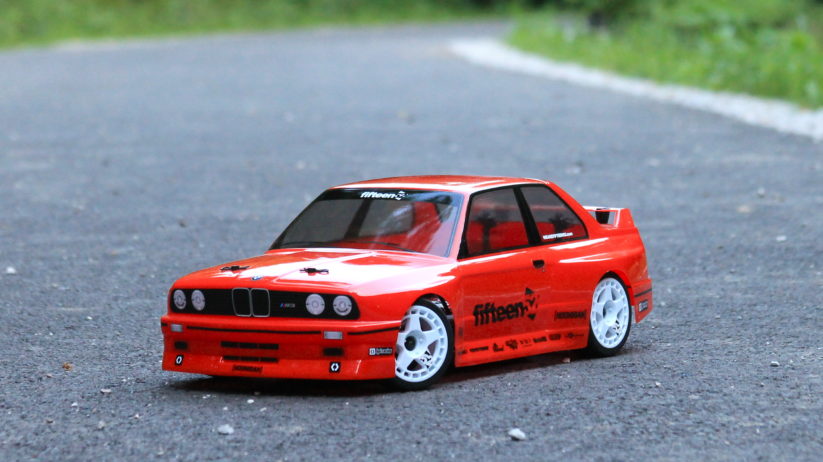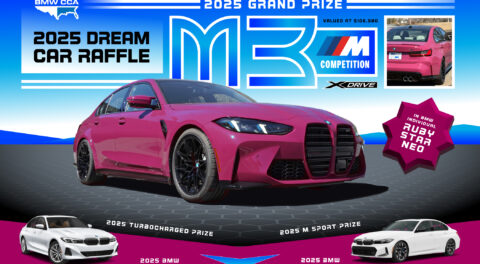Nearly every car enthusiast alive has, at one point or another, contemplated dipping their toes into the fun and exciting world of radio control at their local hobby shop. Unlike the cheap toys sold at big-box stores, hobby class radio control cars and trucks offer superior quality construction, user-serviceable components, a host of upgrades, better control, and higher performance than even the priciest off—the—shelf models found at department stores.
There’s a lot to enjoy about radio control. Working on the cars is fun, and they’re a blast to drive. With fully proportional control—that means that you can precisely control the steering angle and throttle input—you can find an empty parking lot and do things you wouldn’t dream of doing in your full—size BMW.
 That level of sophistication and customization can be overwhelming to a beginner, so I’ll cover the basics and try to put you in a good place to buy the motorized miniature BMW of your dreams.
That level of sophistication and customization can be overwhelming to a beginner, so I’ll cover the basics and try to put you in a good place to buy the motorized miniature BMW of your dreams.
Models of road-going cars are commonly known within the hobby as touring cars, and the standard scale is 1:10. While nitro-powered models were the performance standard a decade or more ago, they’ve been rapidly supplanted by huge steps forward in battery and electric motor technology. High-performing cars can achieve actual speeds of 70 miles per hour or more!

Almost all touring cars are 4WD. In this scale, with this much power, even entry-level models would be difficult to control if they were rear wheel drive only. Hobbyists can choose between belt or shaft drive, and while both have their relative strengths and weaknesses, you’ll do fine with either.
I always advise buying from a local hobby store. There are tons of cheap, Chinese knock-off R/C cars available online, but the quality and support is lacking. What’s more, is those designs are illegally copied from quality manufacturers like HPI and Tamiya. No self-respecting hobby store will service them, nor do they sell parts. Like our full—scale cars, you get what you pay for—so buy quality.

Your first big choice will be between a kit and an RTR, or ready—to—run. Kits are fun to build, but include none of the electronics, and require body painting and finishing skills. For a beginner, I recommend an entry—level RTR. You can always add the faster motor and bigger battery later on. Besides, even a beginner car will top 30 miles per hour, which is on average three times faster than the quickest department—store toy you’ve ever driven. Trust me, you’ll be plenty occupied—and when you aren’t, upgrade!
Bodies are interchangeable, although be advised that there are two main wheelbases: 190mm and 200mm. Make sure that any aftermarket body you buy matches your existing wheelbase and vice versa. While there are tons of choices for BMW bodies in the aftermarket, ready-to-run setups come with any number of car bodies.

You’ll likely have to custom-paint your own BMW body to suit your tastes, but it’s relatively easy. It’s a good idea to have a spare body for “bashing” so that you don’t mess up your custom body while you’re learning to drive. I’d rather scuff and crack a Camaro or a Supra, rather than the E30 M3 I’ve invested a couple hours in.
The bodies are made from lexan polycarbonate, and are painted with specially—formulated paint from the inside. It takes some getting used to, but the upside is that you get a perfect, glossy finish every time. Pick up your body, your paint, and curved body scissors and a body reamer (for the mounting posts).

There’s far more available than just bodies, too: custom oil-filled shocks, constant—velocity driveshafts, carbon fiber and aluminum components, upgraded engine, upgraded batteries, upgraded wheels and tires, LED light kits…the possibilities are truly endless. Just a warning, it’s an addiction.





















